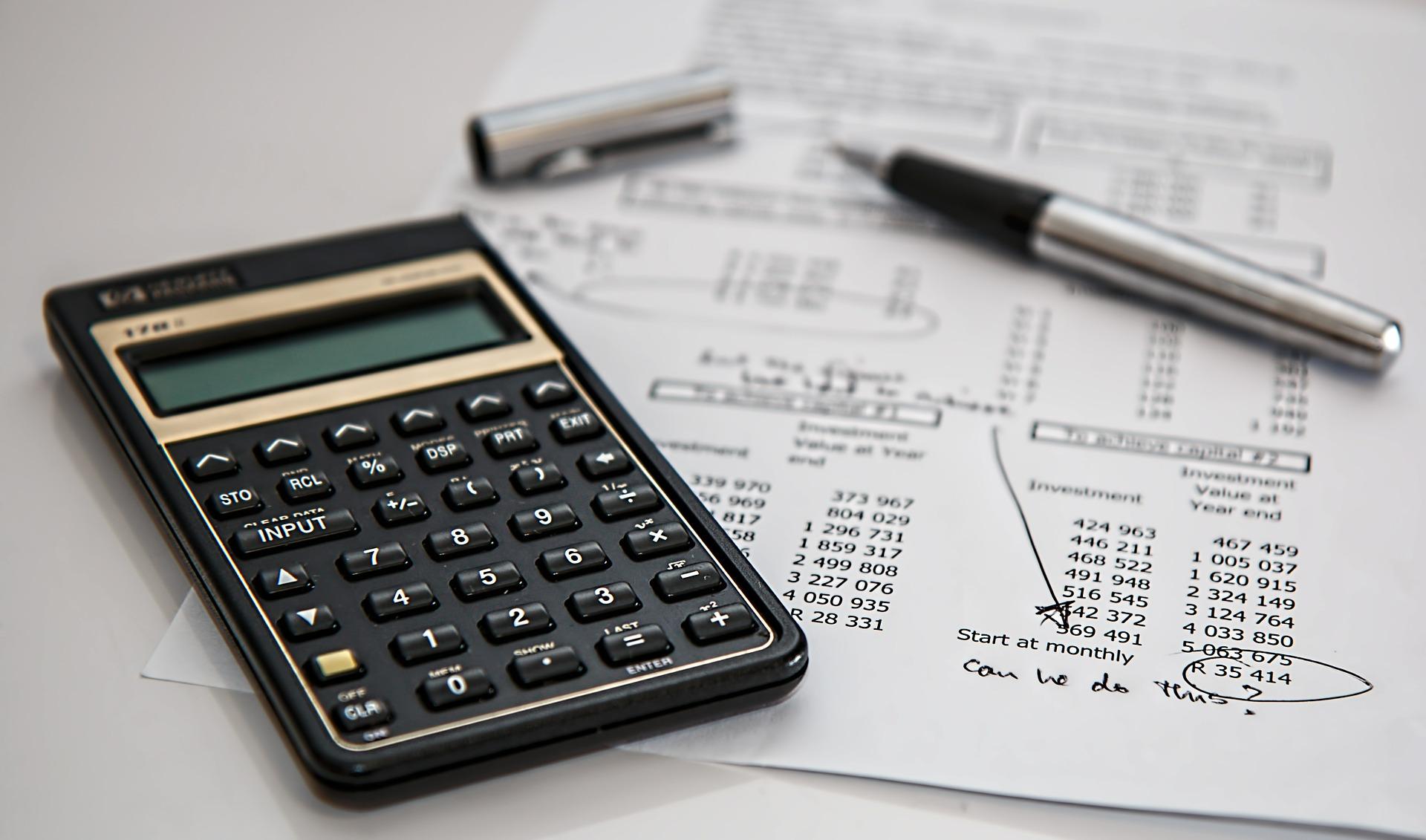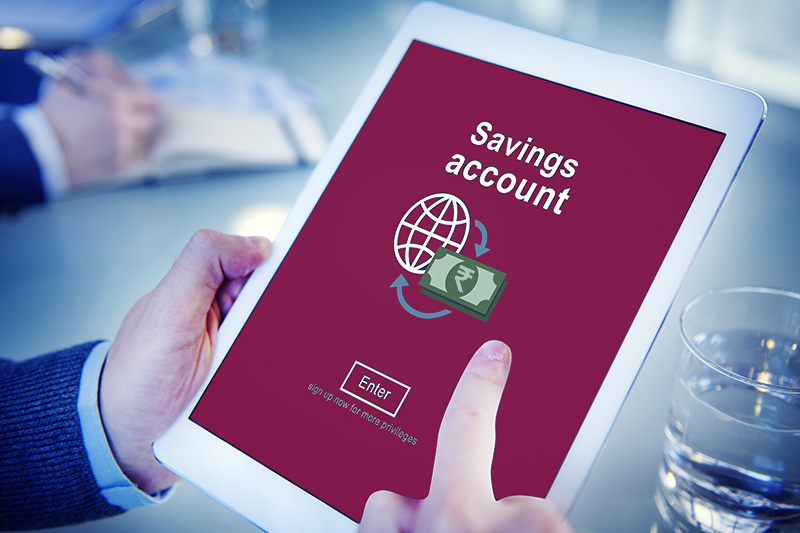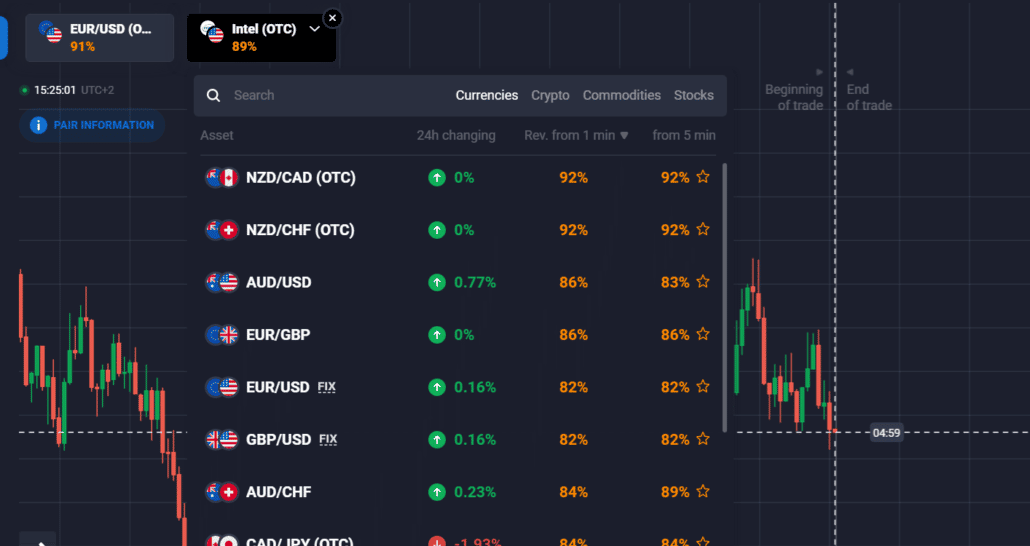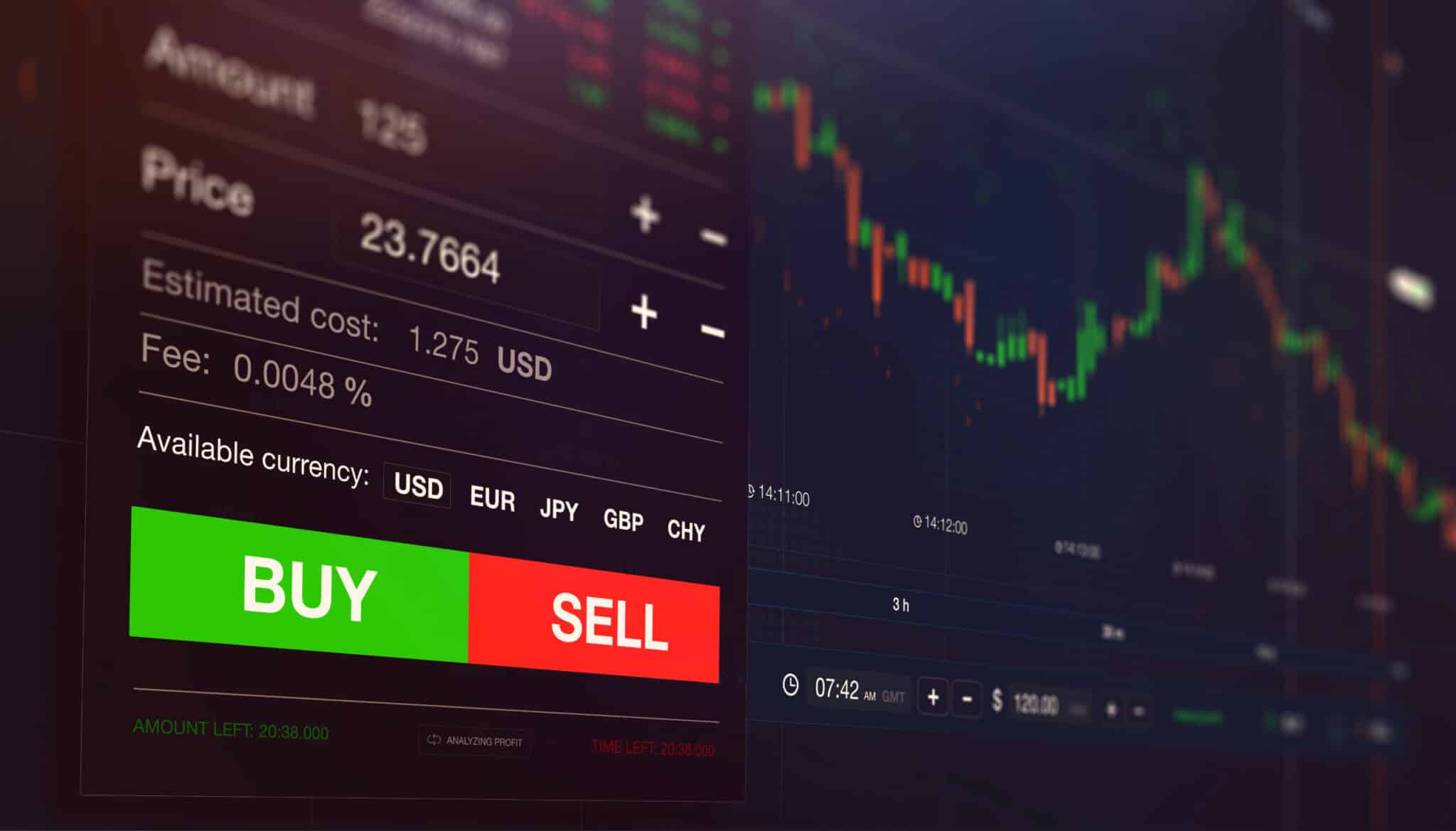There comes a time in every business when acquiring a small business loan becomes unavoidable. You have to attain extra funds whether it is for purchasing more equipment, expanding to new locations, or simply keeping up with added expenses. Nevertheless, for most small business owners, getting a loan seems like a daunting prospect because of all the minute complexities that go along with it. This is because most people are unaware of the crucial information that might help them decide how to choose a small business loan.
Perhaps the most confusing of all aspects of a business loan is the loan rate. Here we will help you understand the role of loan rates in small business loans.
What is Loan Rate?
Just like everything else, loans don’t come free. A certain fee is charged for borrowing the loan, which is known as the interest. The rate of interest charged on the funds borrowed is known as the loan rate.
To better understand this, consider you take a loan worth $10,000 and the loan rate on it is 5%. This would mean you have to pay back $10,500 to the lender at the end of the loan term, of which $500 would be the fee for borrowing the funds (or interest) charged at 5% of the original principle amount of $10,000.
What is Annual Percentage Rate (APR)?
You might hear the term Annual Percentage Rate or APR thrown around a lot while searching for small business loans. This is not to be confused with loan rate. Where loan rate only determines the percentage of interest that has to be paid on the loan, the APR determines the year round cost of borrowing the funds. This means the APR includes all costs for borrowing the funds including the loan rate itself, administrative fee, loan-processing fee, underwriting fee and many others. This would mean the APR is always higher than the loan rate.
Why is the Loan Rate Important?
Alright, now you know what the loan rate is and how it differs from the APR. But why exactly is this important? The answer lies in the most fundamental of business principles; cost efficiency. You have to look at a loan as a long term expense, only then will you be able to understand why focusing on the loan rate is important.
If you accept a large loan with a high loan rate, it may end up costing your business more money in the long run. A high loan rate makes paying back the loan on time extremely difficult and if you aren’t able to keep up with the repayments then you end up defaulting, which lands you in a worse position than what you started out from. The main purpose of a loan is to help you get out of hot water or achieve even bigger goals, not the opposite; which is what you risk with a high loan rate.
Related Post: bank bc apply
How Does Loan Rate Differ from Lender to Lender?
There isn’t just a single lender for small business loans out there. There are conventional banks, the Small Business Administrator (SBA), and many alternative lenders. The loan rate charged for loans differs with each lender and for each separate loan option. Let us take a look at some loan rates for different category of lenders.
- Alternative loans have the highest loan rates, which are significantly higher than SBA or bank loans. This is because private companies who are not backed by the government and are providing loans to small businesses that could not qualify for either SBA or conventional bank loans, and therefore pose the highest default risk in any industry give these out. The loan rate for alternative loans is different for every loan option and lender and is affected by the qualifications of the borrower as well. The loan rate for invoice financing for example, is from 13% to 16%, whereas for working capital is from 15% to 30%. It is always a good idea to access alternative lenders through online lending platforms such as Orumfy, which make the terms and conditions much clearer for borrowers and ensures ease and transparency in the loan application process.
- SBA loans have the second lowest loan rates. The SBA itself, which is a branch of the government, does not give out these loans but instead by the banks who are encouraged to lend more by having a large portion of the loan guaranteed by the SBA. In this way if the borrower defaults, the banks lose very little money, if at all. Loan rate for SBA loans given out by large national banks is 6.24% and that given out by small or local banks is 5.96%. This loan is usually given out to small businesses that could not satisfy the requirements for a conventional bank loan and thus pose a greater default risk that is why the loan rate is higher as well.
- Conventional banks that offer traditional business loans for the short (3 months to 18 months) and medium (1 year to 3 years) term charge the lowest interest rate. In 2018, large national banks charge average annual interest rate from 2.55% to 5.14% . The rate remains almost identical for small or local banks and foreign banks. These are the lowest interest rates you can get on small business loans because of which they are relatively difficult to acquire as compared to SBA loans or alternative loans. They do, however, take longer to finance your business with loan processing time reaching up to 3 months.
Other factors that affect the loan rate charged include credit scores, time spent in business, annual revenue generation, business plan for the next 3 to 5 years and financial projections. That is why it is necessary to have all your business affairs in order before applying for a small business loan at a low interest rate.
Check Out: paypoint login




